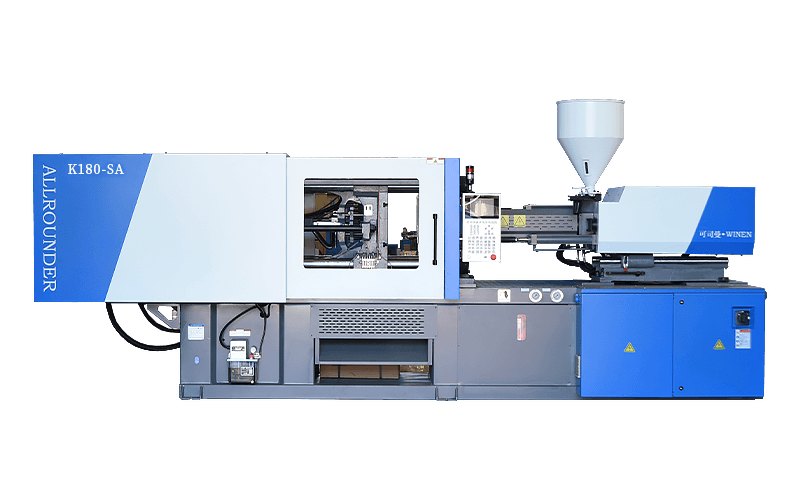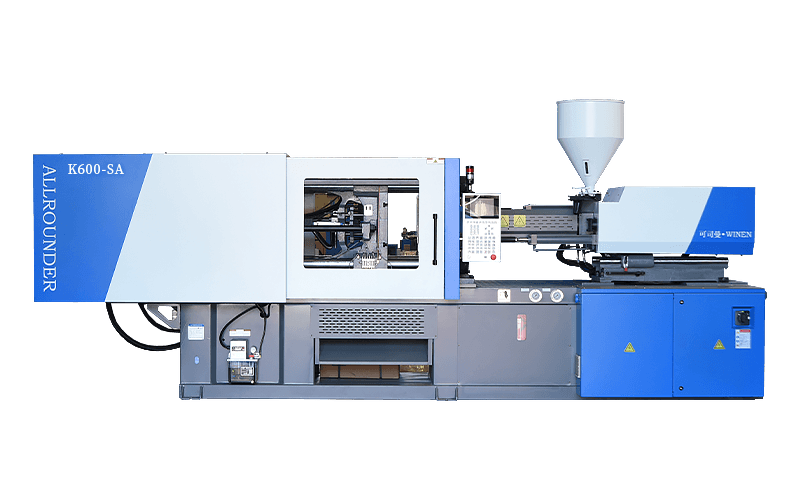The cooling system plays a vital role in plastic injection molding machines, which directly affects molding quality, production efficiency and equipment life. The following are the main functions of the cooling system in plastic injection molding machines:
Control mold temperature:
One of the main functions of the cooling system is to control the temperature of the injection mold. During the injection molding process, the mold needs to go through multiple stages such as injection molding, cooling and mold opening. The cooling system adjusts the temperature and flow rate of circulating water or other cooling media to ensure that the mold can work within an appropriate temperature range. Appropriate mold temperature can effectively control the fluidity and shrinkage of plastic materials, thereby affecting the dimensional stability and molding quality of the product.
Accelerate product cooling and solidification:
During the plastic injection molding process, the plastic material needs to be rapidly cooled and solidified in the mold to maintain the shape and dimensional stability of the product. The cooling system circulates the cooling medium into the mold and absorbs the heat in the mold, thereby accelerating the cooling and solidification process of the plastic material. Rapid cooling and solidification can reduce production cycles and improve production efficiency, while also reducing product deformation and defects.
Reduce product molding temperature gradient:
The cooling system can effectively reduce the molding temperature gradient of the product. During the injection molding process, the plastic material will be affected by uneven temperature distribution after filling the mold, resulting in a large temperature gradient between the surface and interior of the product.
Improve product surface quality:
The effective operation of the cooling system can improve the surface quality of the product. During the plastic injection molding process, if the cooling rate of the product is uneven or insufficient, defects such as bubbles, marks, shrinkage cavities, etc. may easily appear on the surface of the product.
Extend mold life:
Good operation of the cooling system can also extend the service life of the injection mold. During the injection molding process, the mold needs to withstand a high-temperature and high-pressure working environment. If the mold is in a high temperature state for a long time and cannot effectively dissipate heat, it is easy to increase the thermal stress of the mold, thus affecting the service life of the mold.
Increase productivity:
Optimized cooling system design can increase production efficiency. Rapid and uniform cooling and solidification can shorten the cooling time of the product, thereby shortening the production cycle and improving production efficiency. In addition, by reducing the molding temperature gradient of the product and improving the surface quality of the product, the defective rate in production can be reduced and production efficiency can be further improved.



 English
English 中文简体
中文简体












